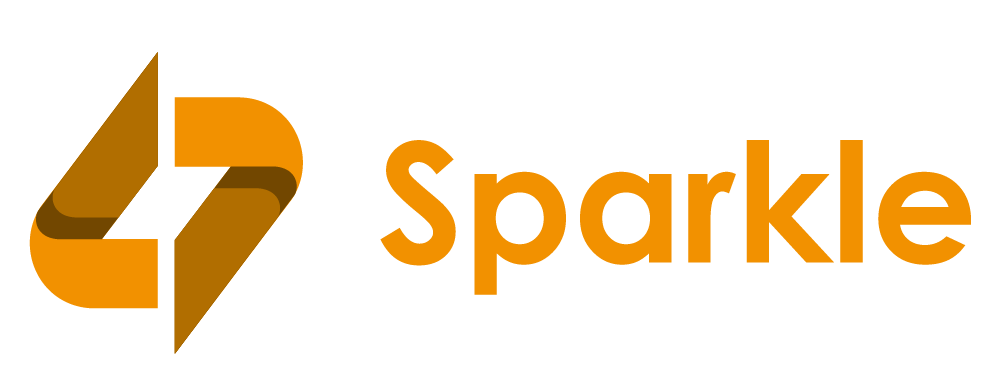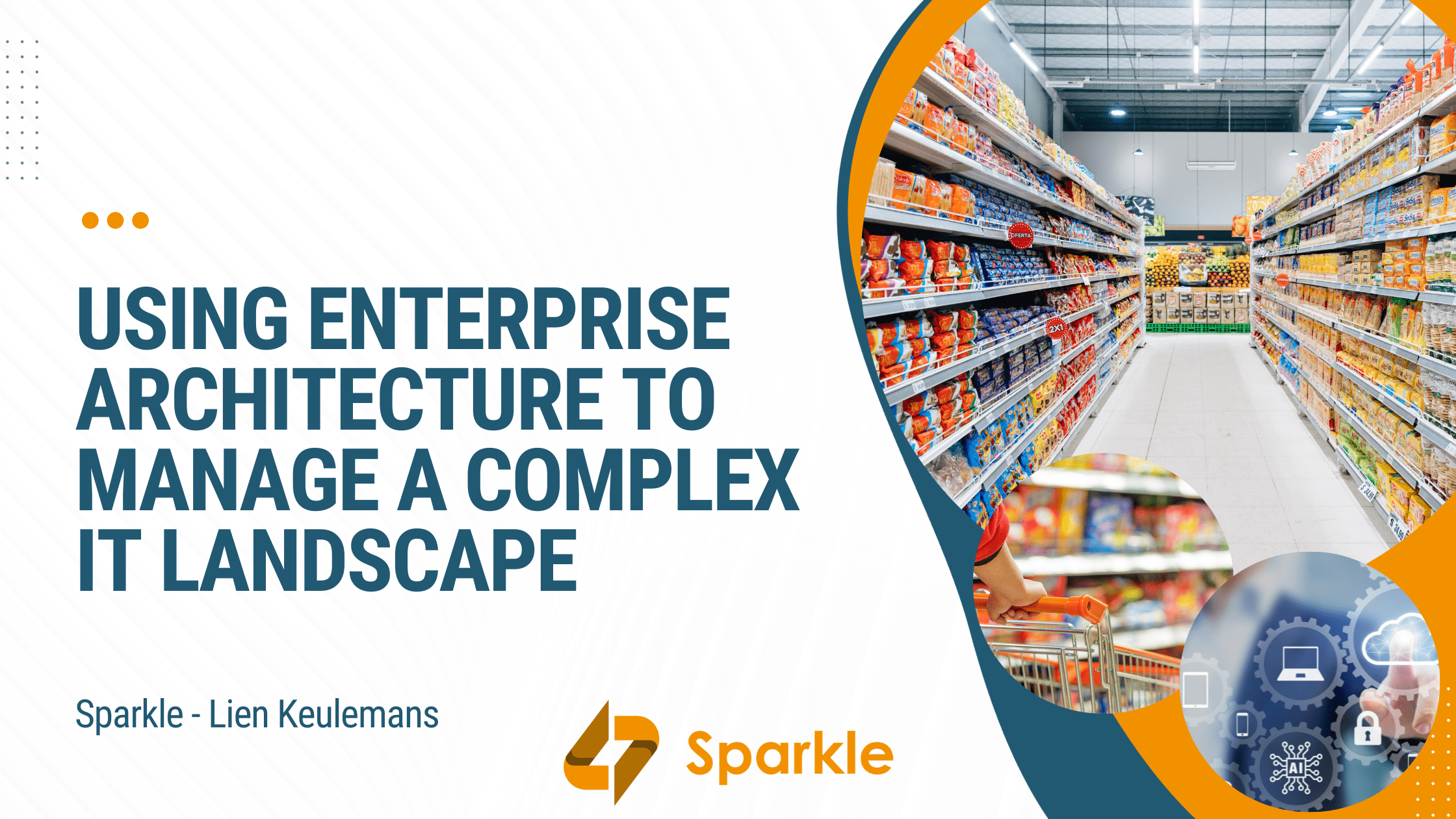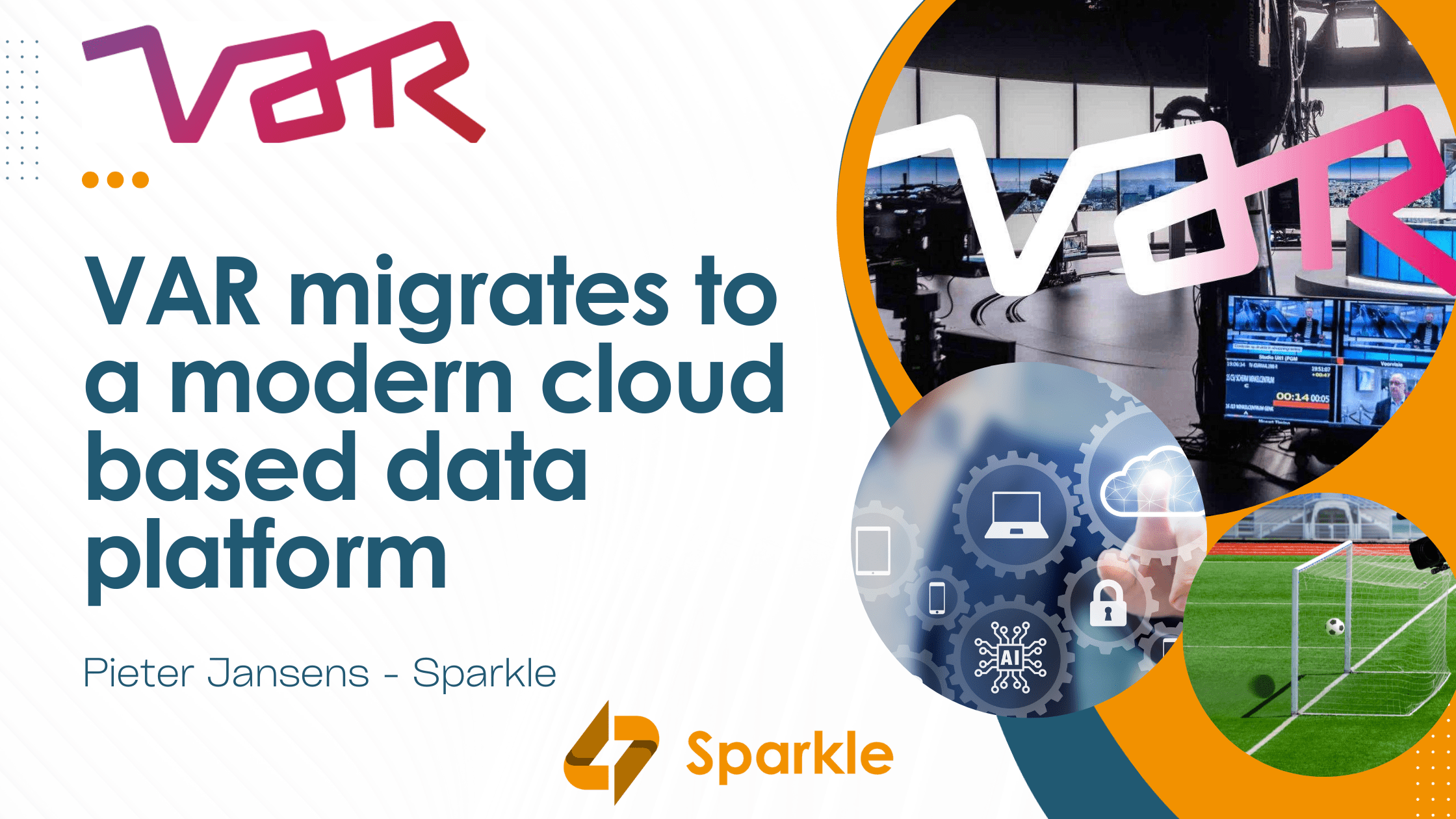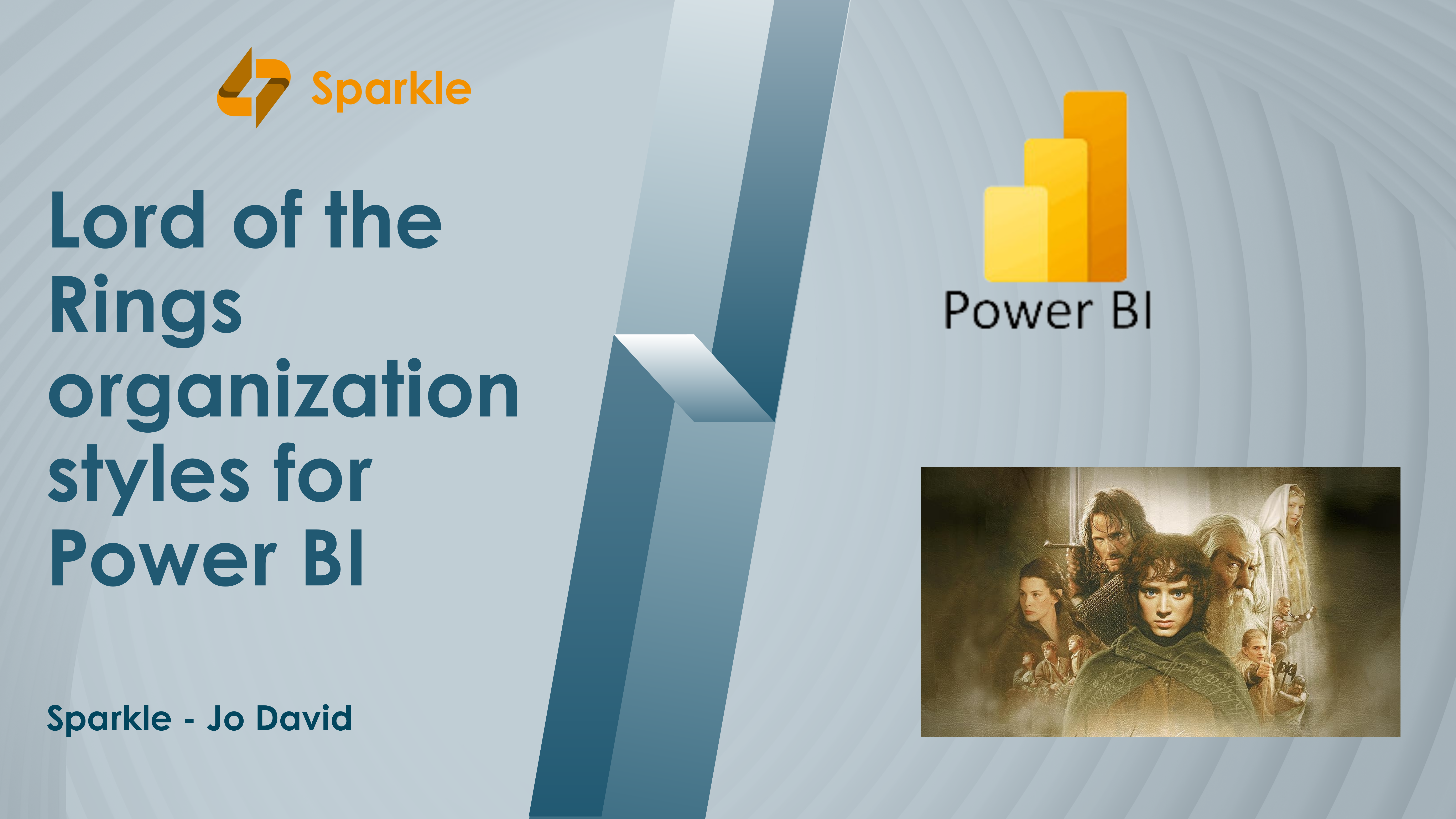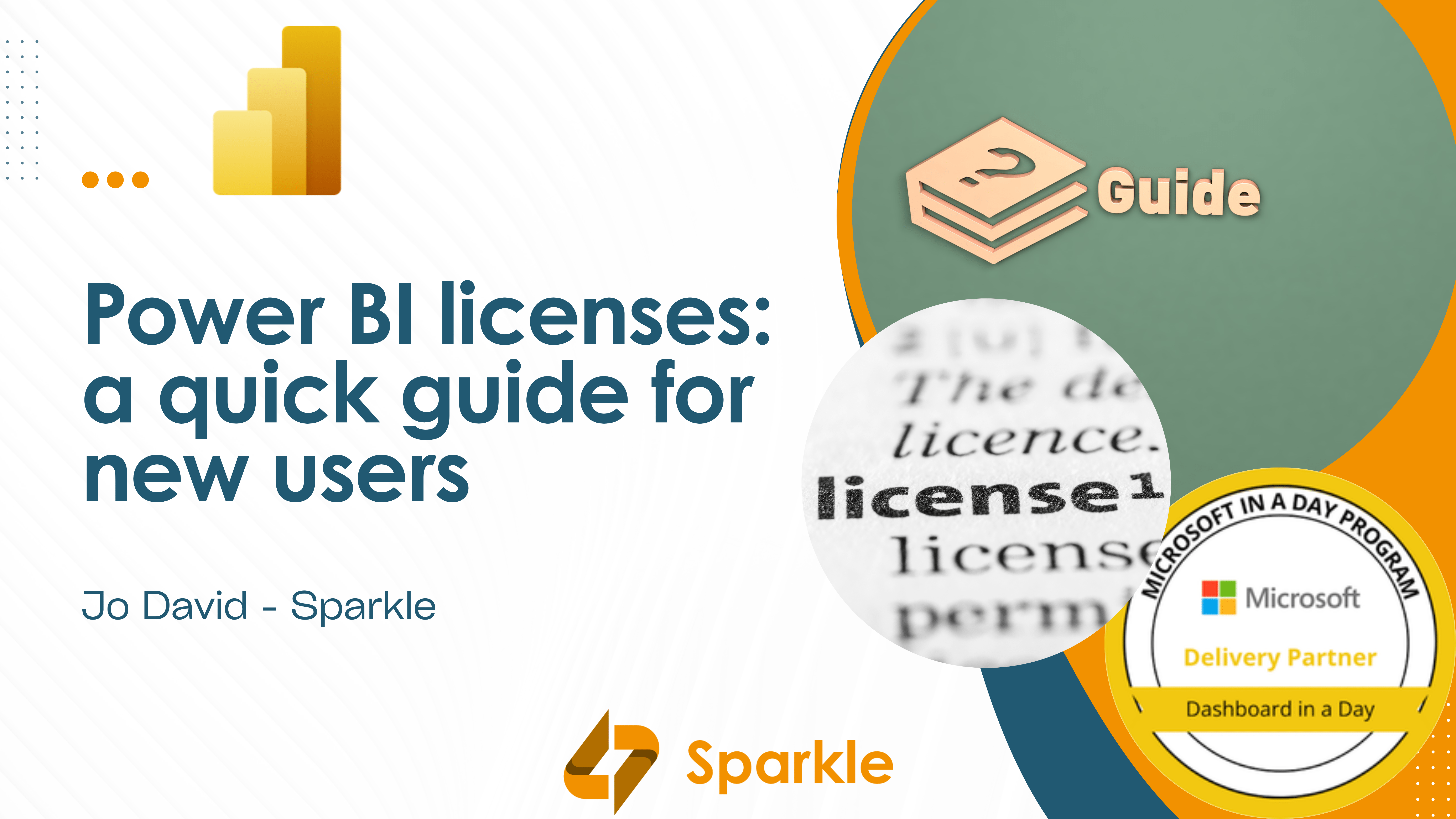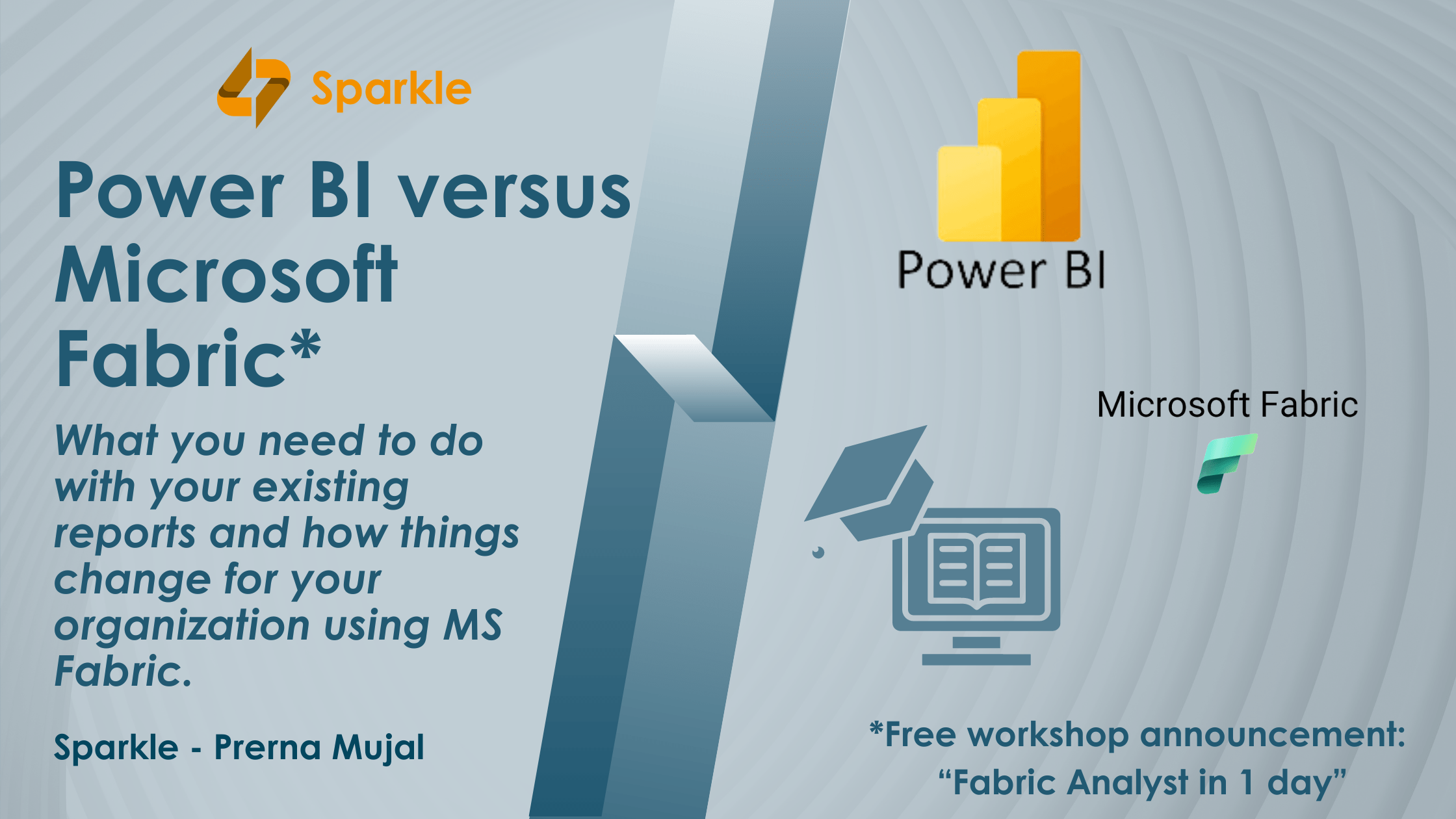In the current economic climate, the retail sector is struggling to survive. Organisations are dealing with increasing complexity: the number of IT systems, the amount of data, the processes and products have grown exponentially over the years and are continuously changing.
The competition with novel business models and new retailers is fierce and budgets are increasingly squeezed and scattered.
In order to get a better grip on the current IT landscape, Sparkle and a food retail company worked together to create an Enterprise Architecture Practice. As a result the amount of projects has decreased from hundreds to less than 50, and the amount of projects adding value to the goals of the organisation has increased.
The Enterprise Architecture Practice allows organizations to make sound decisions on which projects to focus on, where to cut costs and how to close the gap between the current (IT) landscape and the future mission to become the leader of food transition.
How the Enterprise Architecture Transformation Program was born
The transformation program was initiated to address the 22 pain points that were identified in an enterprise-wide assessment. That assessment highlighted pain points and programs to address those points, across 5 different topics: Value delivery, Business Relationship, Operations, People, and Supporting context.
Some of the pain points are typical points we see in many organisations:
- A legacy landscape that is blocking innovation
- Silo organisation prohibiting certain insights
- Lack of standardisation and guidelines
Addressing the pain points will not only reduce costs significantly, but will also allow for more collaboration and trust. The transformation program was born.
The Program enables the IT organisation to:
- Renew the application landscape
- Improve its ways of working
- Empower internal people to take the lead
So the business of the organisation can enjoy:
- A great IT service
- Secure and easy-to-use applications
- That make your operations run smoothly
The 4 value streams
The 4 ways to achieve this, also called value streams, are placed at the heart of the program.
- Strategy to Portfolio: building the foundations of systematic management of the investments, projects and activities across business and IT departments in line with the Business Strategy.
- Requirements to deploy: the value stream is designed to ensure predictable, cost-effective, high quality solutions to the business while also promoting high levels of re-use, flexibility, speed and collaboration across IT.
- Request to fulfil: Through this value stream we foster service consumption and fulfilment, knowledge sharing, self-service support. All this to improve the overall engagement experience with IT.
- Detect to correct: Proactively identify user’s issues across the entire infrastructure and ensure their resolution from an End2End perspective (management, remediation, operational aspects).
Sparkle's main achievements
The Sparkle Enterprise Architects main activities at this Retail Company are all linked to the Transformation program:
- Setting up an Enterprise Architecture practice
- Enhancing the strategy to portfolio processes
- Enterprise architecture tooling
- Providing a clear vision how to build a transformation plan for the legacy environment
While this program is still ongoing at the time this article has been written, there have already some clear results achieved.
The idea is to establish the Enterprise Architecture in such a way, that internal resources are empowered to take the lead going forward.
Process improvements:
- The Enterprise Architecture Practice has been set up
- Architectural design principles have been established and can be steered in line with the IT strategy
- Current architectural landscape is being documented in one way of working, and this for each layer: strategy, business, application & data, technology architecture
- The Architecture Review Board delivers advice on every initiative:
– Project to Portfolio: Project initiatives can be assessed according to a standardised approach and guidelines, and links to the portfolio and goals are made transparent
– Digital transformation projects can be executed with sufficient knowledge
– Future solutions can be mapped onto pre-defined architectural solutions.
Positive people involvement:
- Regular internal communication has been established around the Gear-Up program, to keep people in the loop
- Close collaborations with different business & IT stakeholders allow for Enterprise Architecture to be further implemented throughout the organisation
- Coaching and training of IT teams: Training is provided with the best practices on our central repository, the use of common modelling languages (Archimate, BPMN, UML) and design principles.
New practical tools:
- New tools: LeanIX and Sparx Enterprise Architect have been implemented, according to which Enterprise Architecture is further managed within the organisation.
- LeanIX: an enterprise architecture management tool that supports decision making on strategy and project level.
- Sparx Enterprise Architect: Enterprise Architecture, Business and Functional Analysis tool that supports technical decision making
- A high level overview of the (IT) landscape is being setup and maintained
Next objectives
To tackle the issues of silo working, silo investments and the flood of ideas we are introducing Capability-Based planning as the central method in enterprise architecture.
Capability-Based planning will support the alignment of strategic objectives and tactical demands, ensuring optimal strategy execution. This method lets us accurately describe what the organisation does and how it functions in terms that create a common language between various stakeholders in business and IT.
ABOUT THE AUTHOR

Lien Keulemans
Managing Partner
